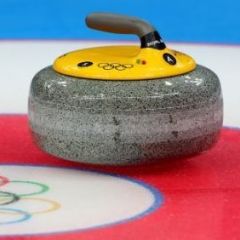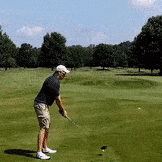IGNORED
Ball falls off the tee after a missed stroke
Note: This thread is 4733 days old. We appreciate that you found this thread instead of starting a new one, but if you plan to post here please make sure it's still relevant. If not, please start a new topic. Thank you!
-
Topics Being Discussed Right Now on The Sand Trap
-
"5 Minutes Daily" Practice Challenge 1 2 3 4 837
By iacas, in Instruction and Playing Tips
- 5 minutes daily
- dedication
- (and 6 more)
- 15,064 replies
- 905,413 views
-
- 2,168 replies
- 231,769 views
-
- 1 reply
- 100 views
-
- 59 replies
- 4,129 views
-
- 1,206 replies
- 157,259 views
-










Recommended Posts
Create an account or sign in to comment
You need to be a member in order to leave a comment
Create an account
Sign up for a new account in our community. It's easy!
Register a new accountSign in
Already have an account? Sign in here.
Sign In Now